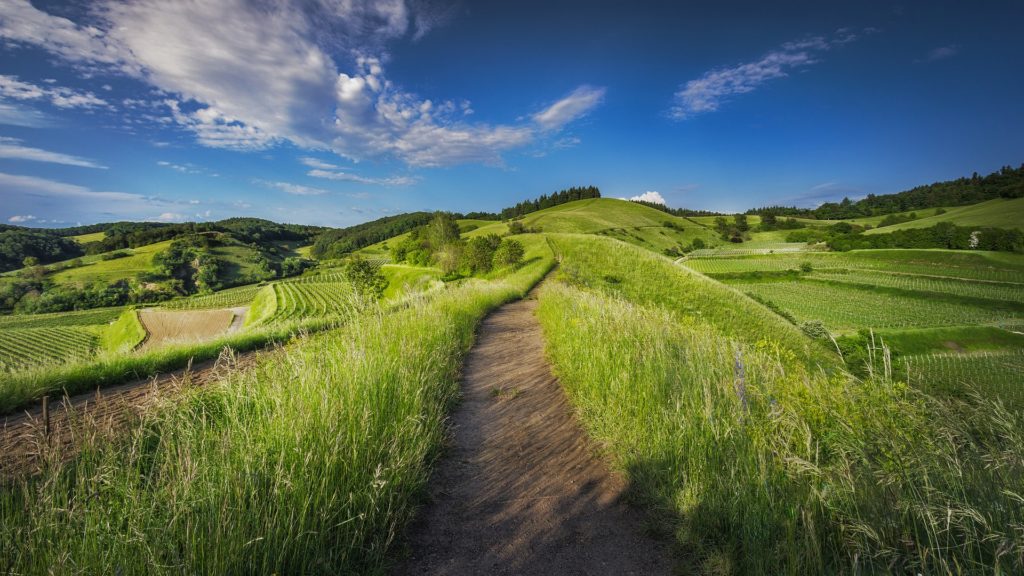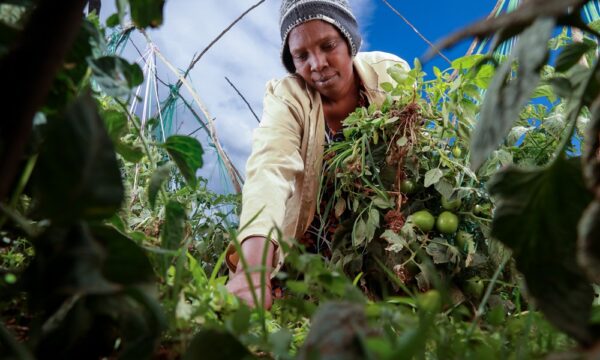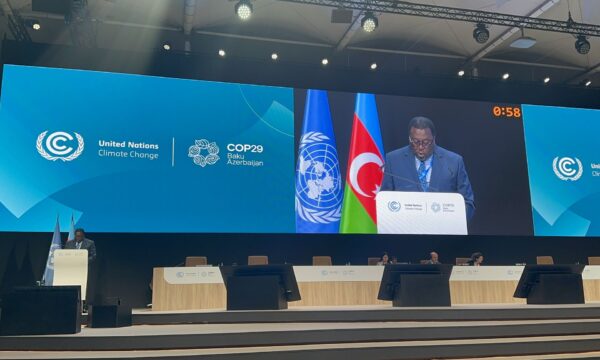
Nostalgia
The title of Tom Jones’ album, ‘The Green, Green Grass of Home’ released in 1967, still rouses powerful nostalgia for the rural landscape of Britain. Similar sentiments are experienced by other nationalities, but grass is particularly relevant in Britain. It ranges in type from lush lowland meadows through upland pastures and heath to open moorland. Some types are special and particular to Britain. The mild moist climate of the temperate ecosystem at the north-western edge of Europe provides the best conditions for its growth and its ability to play a major role in ensuring the sustainability of planet Earth. Yet in current muddled thinking, precipitated by global warming, its importance often is ignored. Deciduous forest is present in the same ecosystem and some arboreal environmentalists regard grass as an unnecessary ingredient. Clamour for ‘wall-to-wall’ tree planting would see acres of grassland sacrificed in the blinkered focus on trees. Trees have a part to play in the drama of climate change, but they must be kept in a sensible perspective.
Flooding risk
Several misconceptions, possibly fostered to support a personal opinion, conspire to prevent a valid interpretation of the relative value of trees and grazing land. Forests are reputed to retain water more effectively and thus reduce the risk of flooding downstream. Yet the opposite may be true. Protecting and restoring peatland, a major store of carbon, is a high priority. Ditches have been blocked in the northern Pennine moorland by responsible owners attempting to refresh the peat which acts as a sponge much more efficiently than forests. Their efforts to deliver ‘public goods’ in compliance with governmental policy contrasted starkly with the management of neighbouring land where the Forestry Commission (a quasi-autonomous non-governmental organisation) planted huge expanses of Sitka spruce and dug ditches deep into the peat to achieve rapid drainage and thereby caused soil loss and erosion and increased risk of flooding.

Trees in perspective
Carbon sequestration creates a more serious misconception. It almost has become accepted wisdom that tree-planting is a sine qua non in the struggle to reach the target of ‘zero carbon by 2050’. Media pundits and advisers to government have joined proponents of the ‘wall to wall’ planting of trees. A very different picture emerges when emotion and opinion are set aside. The ability of trees to sequester carbon cannot be disputed; they take carbon out of the atmosphere and store it in their biomass and leaves. Northern boreal (coniferous) forests hold the greatest stores of carbon per hectare with a high proportion (84%) held in the soil. Tropical forests store more carbon than temperate forests with 50% in biomass. The rate of carbon sequestration is significantly lower in cooler climates and in old forests. So far so good, but when a tree is harvested or destroyed the carbon is released directly back into the atmosphere. Forest fires account for an annual loss of an area equivalent to the size of Italy (c.300K km2). They are a regular occurrence in hot and arid areas such as Australia and California, but they also occur in temperate and northern areas and are expected to increase with global warming. In 2014 there were record-breaking wildfires in Canada’s boreal forests, and in 2017 1.2 million hectares burnt in Europe. Even more than forty years ago (1976) a forest fire destroyed 50,000 trees in the moist mild climate of Dorset in southern England. A further 180,000km2 of forest are harvested or eliminated annually through deforestation, insect damage, disease and other causes, and thus a total loss of almost fifty million hectares of forest feeds carbon directly into the atmosphere each year.

Value of grassland
Grassland also sequesters carbon. As with forests, the rate of sequestration varies, but in most circumstances the rate is lower than forests achieve in a comparable ecosystem. The critical difference is that grassland stores sequestered carbon reliably and safely. The substantial stocks of carbon in temperate grassland ecosystems located below ground in roots and soil are 150% greater than those in temperate forest (Climate Policy Watchers, 2019). They are protected from fire, and there is evidence that storage capacity may increase further with global warming as temperatures rise and concentration of CO2 in the atmosphere is augmented by ongoing global emissions.
Apart from wetlands and boreal forest ecosystems, temperate grasslands are notable as the largest store of soil carbon and 97% is stored in the soil. The carbon stored per hectare (to a depth of one metre) by extensive grassland is 25% greater than that stored by intensive grassland (Ward et al, 2016). Disturbance of soil, which occurs in the growing of arable crops, is a significant cause of carbon emissions. When grassland is converted to cropland there is a 59% decline in soil carbon stocks, and a 10% decline when grassland is converted to forest plantation (Ostle et al, 2009) which confirms the value of grassland compared to forestry and emphasises the value of permanent pasture compared with the dangers of current methods of cultivation of crop land.
Combined value
Resolution of the question of the relative merits of grassland and forests is obstructed by strong opinions on both sides. The UK Committee on Climate Change (CCC) has made several important recommendations, but its proposal that 30% of grassland could be converted to forest cannot be justified as a bald statement. It could be applied to intensively managed grassland, but as it stands the proposal ignores the critical value of extensive grassland. Without that clarification it would require highly sensitive choices between grazing livestock and expanding forests and would change the character of the countryside, replacing familiar sights of cattle and sheep with serried ranks of Sitka spruce. It should not be a case of one replacing the other. Both grassland and forests have an important role to play. Forests rely primarily on their sheer volume of biomass, but also with potential increased use of wood in paper manufacture, boat-building and construction. Permanent grassland, heathland and moorland combine their value as secure carbon sinks with improved biodiversity, and providing grazing for environmentally-adapted breeds of sheep and cattle which also have heritage value as part of local or national culture. The combined value of forests and grassland is the key, either in dedicated separate areas or in integrated silvopastoral systems such as wood-pasture. The latter may well prove the best option for achieving effective carbon sequestration in a multi-purpose context.

Lawrence Alderson is the author of The Quest to Conserve Rare Breeds, which is now available on the CABI Bookshop.
3 Comments
Leave a Reply
Related News & Blogs
Biodiversity loss: How can we reclaim our landscapes from threats to biodiversity?
On 22nd May, we mark the International Day for Biological Diversity. In this article, CABI’s Global Director for Invasive Species Dr Hariet Hinz looks at how we can reclaim our landscapes from threats to biodiversity. Biodiversity loss is proceeding at…
22 May 2025





Is this the launch of a fresh campaign to save extensive grasslands? I hope so…this article opens up a very important debate and may well steer policy makers away from their apparent commitment to schemes which are ill-defined and therefore potentially damaging. At face value, reforesting and converting grassland are desirable goals but Alderson rightly calls for clarity and policy definition before the wrong trees are planted in the wrong place!
As a North American, the concept of intensively managed grasslands v. extensive grasslands is new to me. In pre-columbian times all North American grasslands were intensively managed by bison and humans setting fires to maintain grasslands. Today Management Intensive Grazing practices best mimic the eat-down-and -move-on grazing practices of bison and best sequester atmospheric carbon in the soil. By “intensively managed grasslands” do intend “continuously (over)grazed grasslands”? Enlightened grazing practice which mimics wild bovid behavior on unfenced grassland is our best shot at sequestering significant tonnage of atmospheric carbon.
Lots of inaccuracies and oversimplifications in this post, one example is that the Forestry Commission is not an NGO.